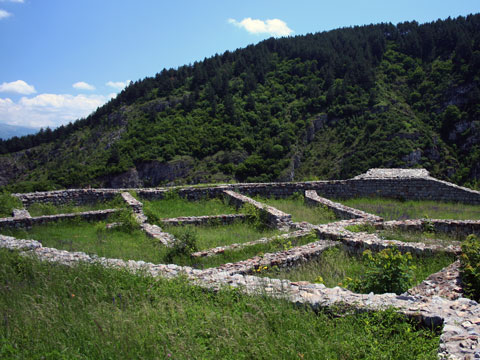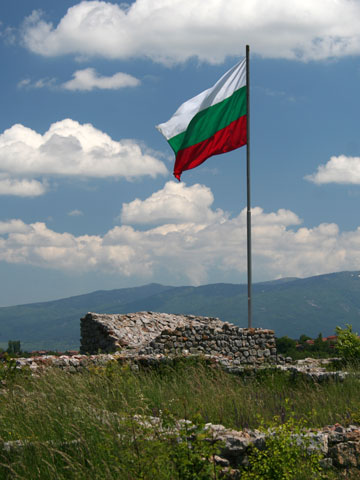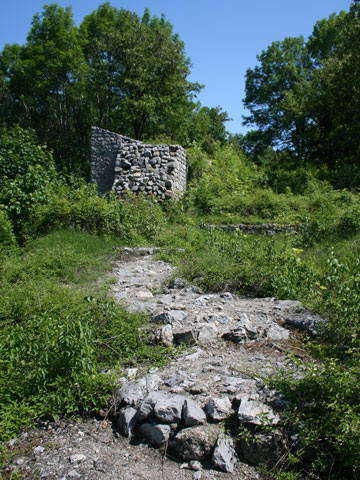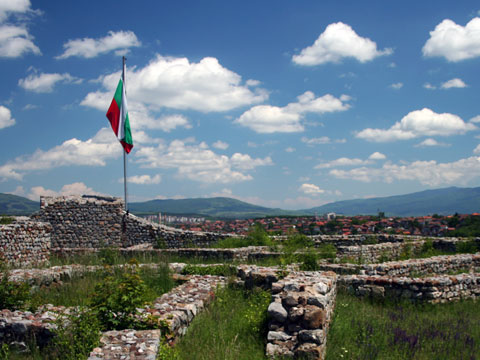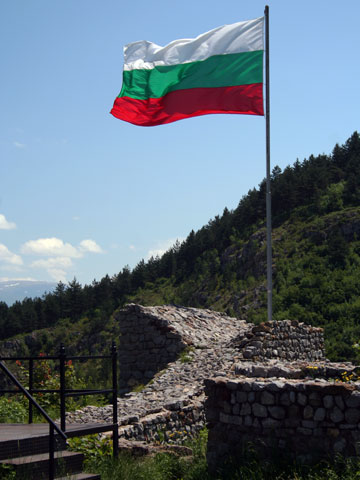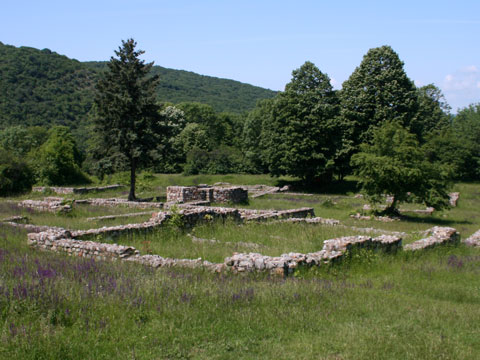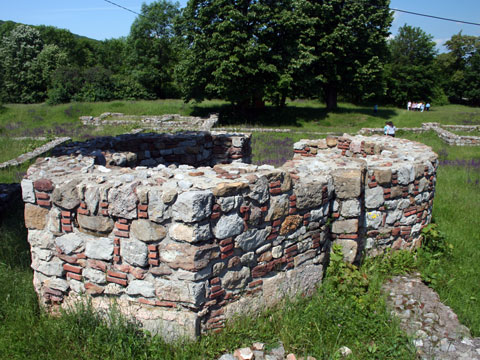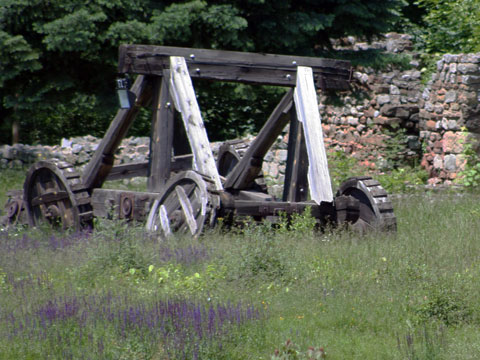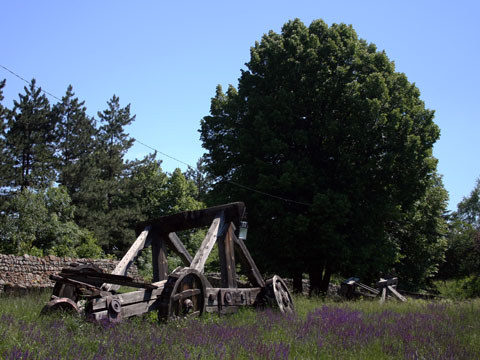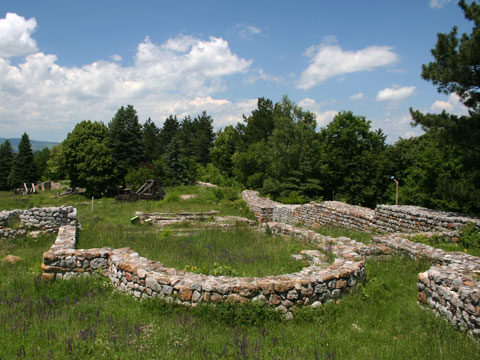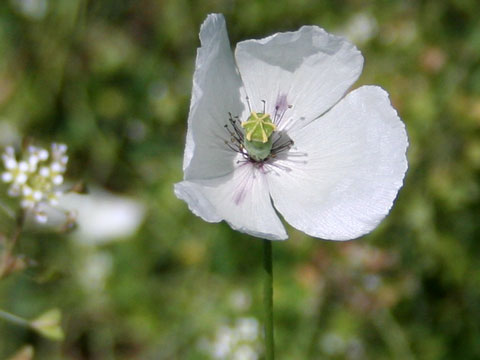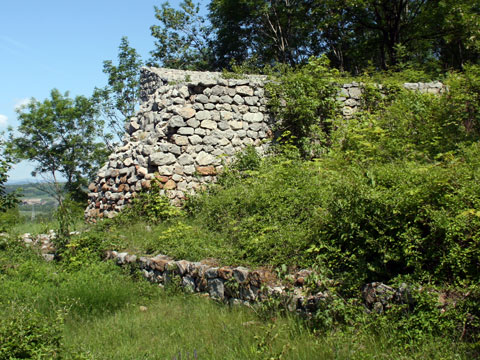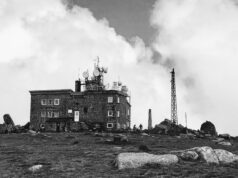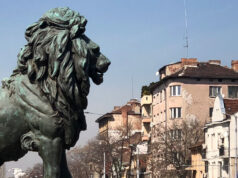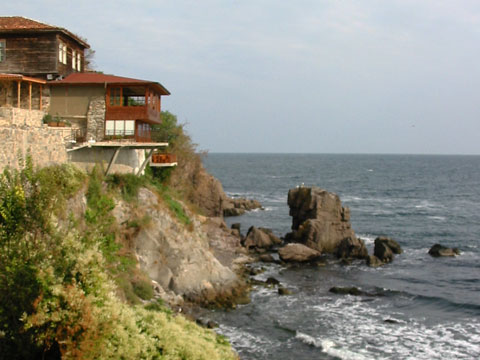Krakra Fortress, also known as Pernik Fortress, is a large and ancient defensive installation high on a bluff in the southwest outskirts of Pernik. It overlooks the broad expanse of the modern city from a strong defensive position above the river Struma.
Earliest History of the Hill
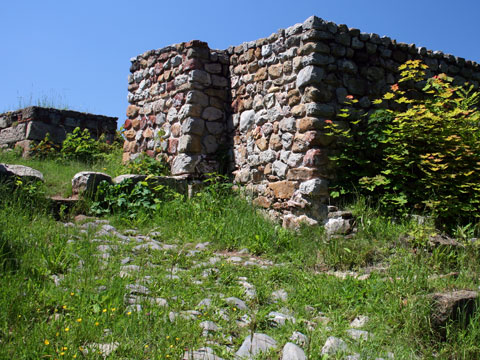 Archaeological evidence indicates the earliest inhabitants of Krakra settled on the hill around the middle of the 6th millennium BCE, and continued living there virtually uninterrupted until the 12nd century CE. A fine collection of Neolithic pottery from Krakra can be seen in the Pernik history museum.
Archaeological evidence indicates the earliest inhabitants of Krakra settled on the hill around the middle of the 6th millennium BCE, and continued living there virtually uninterrupted until the 12nd century CE. A fine collection of Neolithic pottery from Krakra can be seen in the Pernik history museum.
By the middle of the 4th century BCE the Thracian settlement gained a defensive wall whose style resembled that of the ancient large Hellenistic cities.
The Roman Era and the Middle Ages
During the Roman era the hill was most likely the center of the region, from which rulers controlled local commerce. The Roman villa built on Krakra was eventually burned by marauding Goths in the 4th century CE.
At the beginning of the 6th century a late antique citadel was built on the foundations of the ancient Hellenistic fortress, but with the invasion of Slavic tribes it was destroyed and abandoned.
Pernik Fortress during the First Bulgarian State
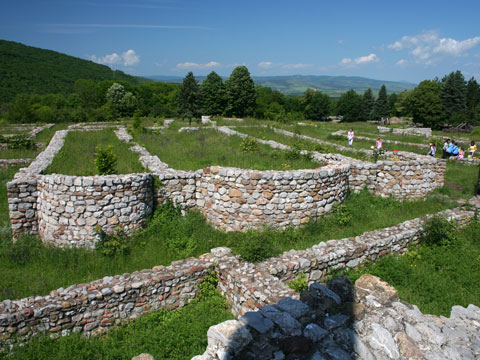 Pernik and the surrounding region were incorporated into the First Bulgarian State during the reign of Khan Krum in the early 9th century, and the hill was restored to its former prominence as a defensive post guarding the western border area. During this time the fortress was rebuilt and became known as Pernik Fortress. It was one of the largest medieval Bulgarian fortresses, covering an area of over 50 decares (50,000 square meters) surrounded by a wall 800 meters in length. Several churches were also built inside the walls of the fortress during this time.
Pernik and the surrounding region were incorporated into the First Bulgarian State during the reign of Khan Krum in the early 9th century, and the hill was restored to its former prominence as a defensive post guarding the western border area. During this time the fortress was rebuilt and became known as Pernik Fortress. It was one of the largest medieval Bulgarian fortresses, covering an area of over 50 decares (50,000 square meters) surrounded by a wall 800 meters in length. Several churches were also built inside the walls of the fortress during this time.
Pernik Fortress rose to its highest fame when warfare between Bulgaria and Byzantium moved westward in the 10th century. A silver stamp ring from the reign of Tsar Peter I (929-969), bear’s testimony to its important role in the defense of the nation.
Krakra, from whom the present name derives, was a late 9th and early 10th century feudal Lord whose territory included 35 fortresses, with his capital at Pernik. He was a skilled military commander, and twice repelled attacks by the Byzantine forces of Basil II, resisting sieges in 1004 and 1016. According to legend, the second siege lasted 88 days before Basil was forced to withdraw after suffering large casualties in battle. It is said that the blood of the Byzantine soldiers lay thick on the lower slopes of the hill, in an area later called
Karvavoto, or “the bloody place.”
Krakra Fortress under Byzantine Rule
 In 1018, following the death of the Bulgarian Tsar Ivan Vladislav, Krakra was among the Bulgarian nobles who, tired of war and uncertain of victory, met with Basil II and surrendered their lands to him voluntarily. Pernik Fortress then became a strategic military point and important commercial center under Byzantine rule.
In 1018, following the death of the Bulgarian Tsar Ivan Vladislav, Krakra was among the Bulgarian nobles who, tired of war and uncertain of victory, met with Basil II and surrendered their lands to him voluntarily. Pernik Fortress then became a strategic military point and important commercial center under Byzantine rule.
The Fortress continued its defensive function until the late 12th century, when it was abandoned around the time the forces of the Third Crusade(1189-1192) passed through the area.
Krakra in the 21st Century
Today the fortress owes its appearance to archaeological excavations which extended over the twenty year period from 1960-1980. A new archaeological expedition began in 2009 under the patronage of President Georgi Parvanov, a native of Pernik.
The fortress is open to the public and admission is free. The setting is delightful in good weather, and makes an excellent destination for a short walk from town. Bring a picnic lunch and enjoy the view.


